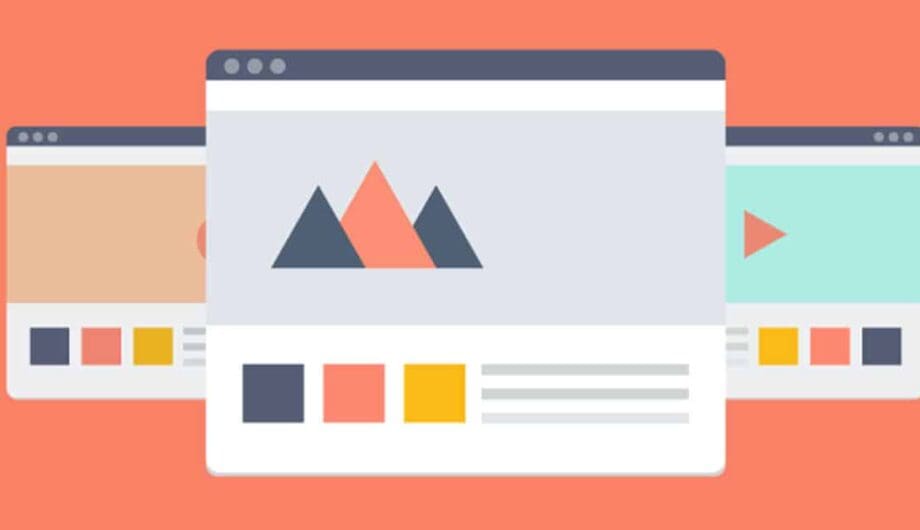
I frequently have folks come to me because they wanted to DIY their own website, installed WordPress and bought a theme, uploaded the theme, and then realized they had no idea what to do.
Guess what? It’s a lot more complicated than just installing a theme. Anyone can click “upload” and then activate the theme. But that only gets you the bare bones basic, it doesn’t do any configuration and almost every theme is going to have configurations, additional plugins, and extra steps, and that’s where it gets complicated. When you look at the demo, you’re looking at a fully configured theme with whatever plugins you may need as well as demo content.
When you install the theme, those plugins and content don’t come with it, so you may have additional work to do.

Plugins
Almost any theme you buy (and I’ll save my rant about buying cheap themes for another day) is going to need additional plugins. If your theme has a slider or a gallery, you probably need to install a plugin. The documentation for your theme should tell you as the first step which additional plugins you need. Usually they’ll have recommendations for a slider or gallery, contact form, often times a social media plugin. We use StudioPress themes frequently, and they often require additional StudioPress plugins like Genesis Simple Edits or Genesis Connect for WooCommerce.
Always look at the documentation to see what plugins you may need. Then, take it a step further and make sure those are solid, supported and reputable plugins. If the plugin is old or outdated, you may want to give that theme a second thought. If it requires premium plugins you need to buy, that’s something you’ll want to consider too.
Widgets
A lot of WordPress themes have widgetized pages, and what that means is that you need to go and add widgets to various widget areas to make the theme look right. I’ve seen some themes that have up to 10 different widget areas that you need to configure with different widgets. This can take a long time, especially if you haven’t planned your content in what goes in those areas. And, if you aren’t familiar with how to use and set up widgets, this could be technically daunting.
There are widgets for text, photos, forms, posts, RSS feed, galleries, categories and more. What to put where? Check your documentation.
Configuration
Besides the widgets and plugins, there are still other settings you need to plan to adjust. Date, time zone, encryption, how to configure the homepage, how to set up your meta data. And while the saying is that WordPress is easy, the truth is that it’s more complicated than most people realize and most DIYers are missing a lot of steps.
Content
Guess what? A site isn’t complete without content. And knowing where to put your content, how to lay it out, how to organize it and write it so that it’s appealing to your customers, that’s another big hurdle. Part of our service is that we can help you plan and organize your content strategy.
It may seem like it’ll be easy to install a theme and get a great looking site, but there’s actually a lot more to do it, even if you buy a premade theme instead of having one custom designed.
Need help? We can help you with your theme, install one for you, or custom design one.
Amy Masson
Amy is the co-owner, developer, and website strategist for Sumy Designs. She's been making websites with WordPress since 2006 and is passionate about making sure websites are as functional as they are beautiful.
